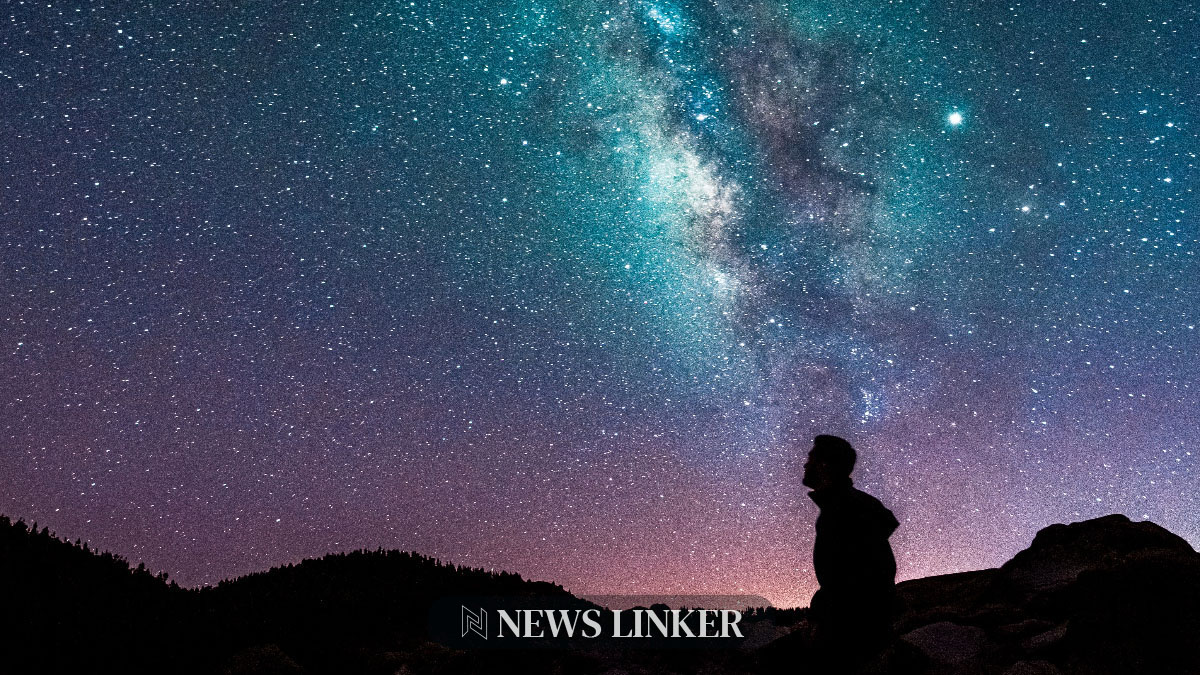The James Webb Space Telescope (JWST) has undertaken the significant mission of scrutinizing exoplanet atmospheres, particularly those orbiting the most prevalent stars in our galaxy, red dwarfs. These stars are known to host potentially habitable rocky planets, but their habitability is questioned due to the high incidence of stellar flares that may compromise atmospheric integrity. Investigating these exoplanets‘ atmospheres for biosignatures and other vital signs is critical for understanding their potential to support life.
In previous explorations, red dwarf flaring has been established as a significant concern, potentially eroding planetary atmospheres over time and complicating the search for signs of life. The JWST, despite its power, faces a challenging task in its atmospheric studies, hindered by the stellar activity of red dwarfs. Its ability to analyze the light passing through these exoplanets’ atmospheres requires considerable time and precision to overcome the obstacles presented by frequent stellar flares.
Can JWST Overcome Red Dwarf Challenges?
The JWST’s primary goal is to probe exoplanet atmospheres, with notable success in examining a select few, such as the Trappist-1 system and LHS1140b. However, achieving clear results is fraught with difficulty due to the interference of stellar activity. Red dwarfs exhibit powerful flares that not only threaten the habitability of orbiting planets but also impede JWST’s spectroscopic studies. These flares release intense radiation that may strip away atmospheres over billions of years, rendering planets inhospitable.
What is the M-dwarf Opportunity?
Despite the challenges, the smaller mass and radius of M-dwarfs present an ‘M-dwarf opportunity’ for spectrometry. This advantage aids in the detection of atmospheres if they exist. However, capitalizing on this opportunity requires extensive observation time to account for the flares’ effects and to sufficiently gather atmospheric data. Probing for biosignatures in these atmospheres is central to the JWST’s mission, with the stakes high and the window of opportunity narrowing due to the telescope’s finite operational lifespan.
Which Exoplanets Should JWST Prioritize?
In light of these constraints, it has been suggested that the JWST target a select group of exoplanets, known as the Golden-J sample, that present the best chances for habitability. These planets, which include several from the Trappist-1 system and LHS1140b, are cool enough to avoid the runaway greenhouse effect and have accurate radius and mass measurements. Studying them in depth could provide invaluable insights into the presence of liquid water and life-supporting conditions.
Useful information for the reader:
- Red dwarfs are the most common star type in the Milky Way.
- Stellar flares from red dwarfs can erode planetary atmospheres.
- JWST requires hundreds of observation hours to study exoplanet atmospheres.
- Golden-J sample exoplanets are prioritized due to their potential for habitability.
The JWST’s quest to understand exoplanet atmospheres is a race against time, juxtaposing the need for extensive research against the telescope’s limited lifespan. The focus on a select group of planets may streamline efforts, but the required observation time is substantial. Even with a minimum of 700 hours allocated, it may not be enough, as stringent detection thresholds could double or triple this time investment. The significance of this research extends beyond the current JWST mission, laying the groundwork for future telescopes to continue this essential exploration of our universe’s habitable worlds.










